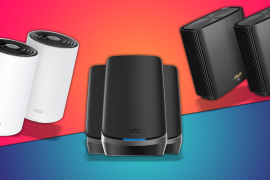Asus Zenfone 11 Ultra review: bigger doesn’t mean better
A more mainstream take on the ROG Phone formula probably isn't what Zenfone fans were hoping for

Stuff Verdict
A powerful and long-lasting Android phone – but with size no longer on its side, the Asus Zenfone 11 Ultra lands in a sea of superior rivals.
Pros
- Rapid performance and long-lasting battery
- Streamlined styling
- Effective video stabilisation
Cons
- Cameras can’t compete with rival flagships
- Stiff competition at this price
- Off-centre USB port breaks accessory compatibility
Introduction
There aren’t many truly pocket-friendly options on Stuff’s best smartphone list. Asus could usually be relied on to fly the flag for small screens – but that’s not the case for this year’s Zenfone offering. The Asus Zenfone 11 Ultra is a much bigger beast, having more in common with the gamer-focused ROG Phone than its petite predecessors.
Some familiar Zenfone tropes return, including a 3.5mm headphone port and a gimbal-stabilised lead camera on the rear. Naturally it’s packing the best chipset Qualcomm has to offer, and the battery has gone through a significant growth spurt compared to the last-gen model. Asus has also fully embraced AI, like the rest of the phone world.
There’s hardly a shortage of top-tier competition, though. Without size to set it apart, can the latest Zenfone still impress? Or is this simply an ROG Phone 8 without the air triggers and second USB port?
How we test smartphones
Every phone reviewed on Stuff is used as our main device throughout the testing process. We use industry standard benchmarks and tests, as well as our own years of experience, to judge general performance, battery life, display, sound and camera image quality. Manufacturers have no visibility on reviews before they appear online, and we never accept payment to feature products.
Find out more about how we test and rate products.
Design & build: growth spurt
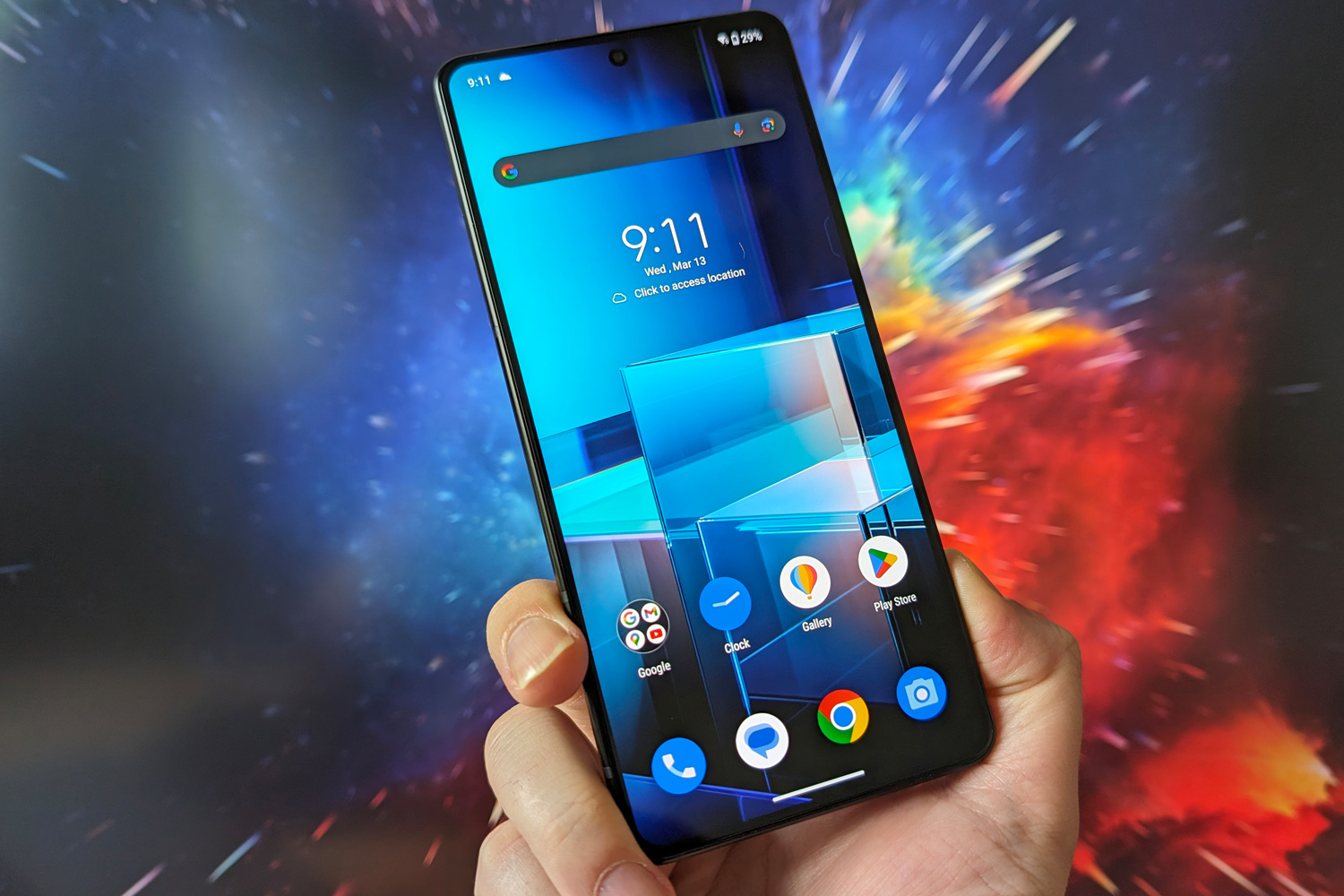
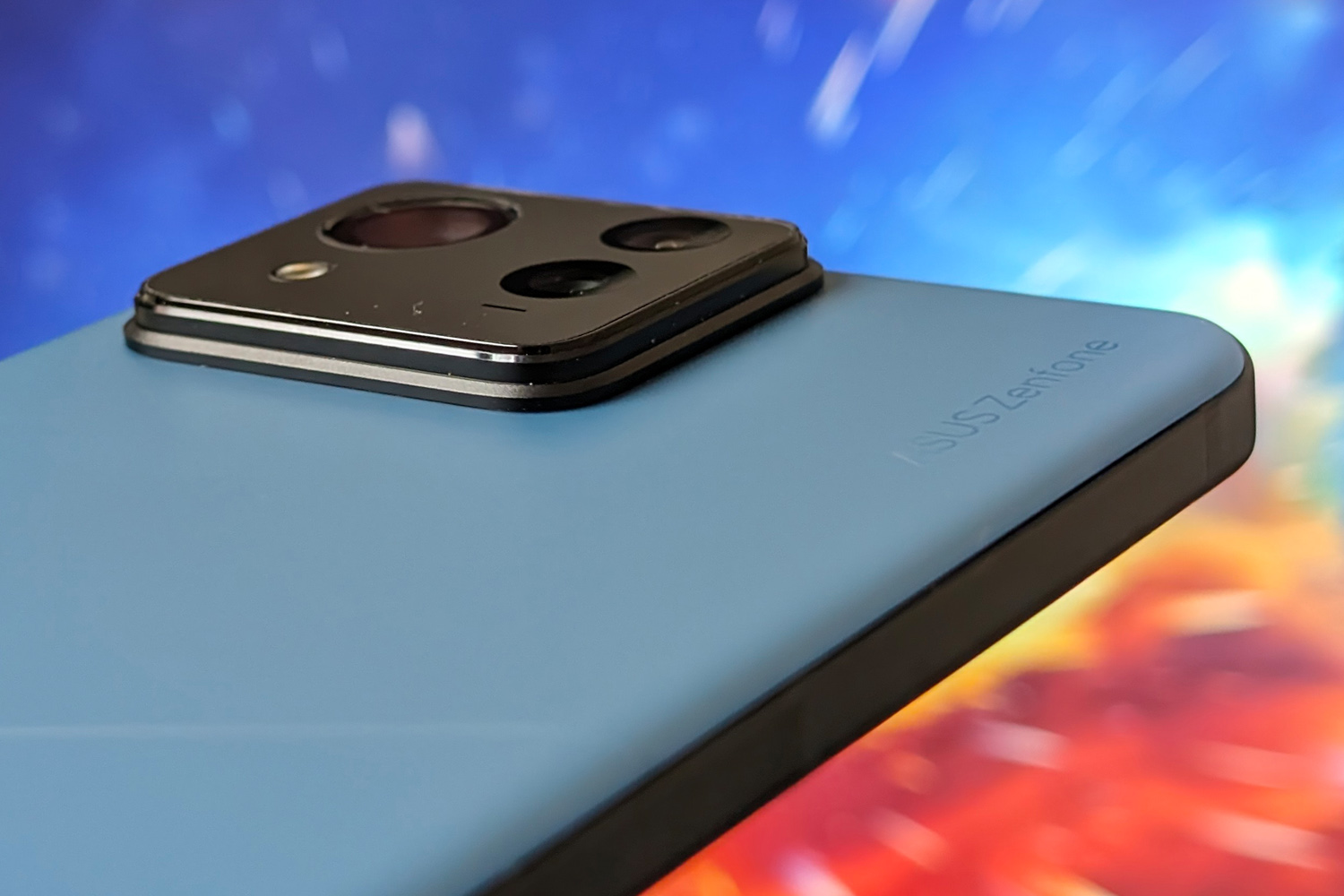
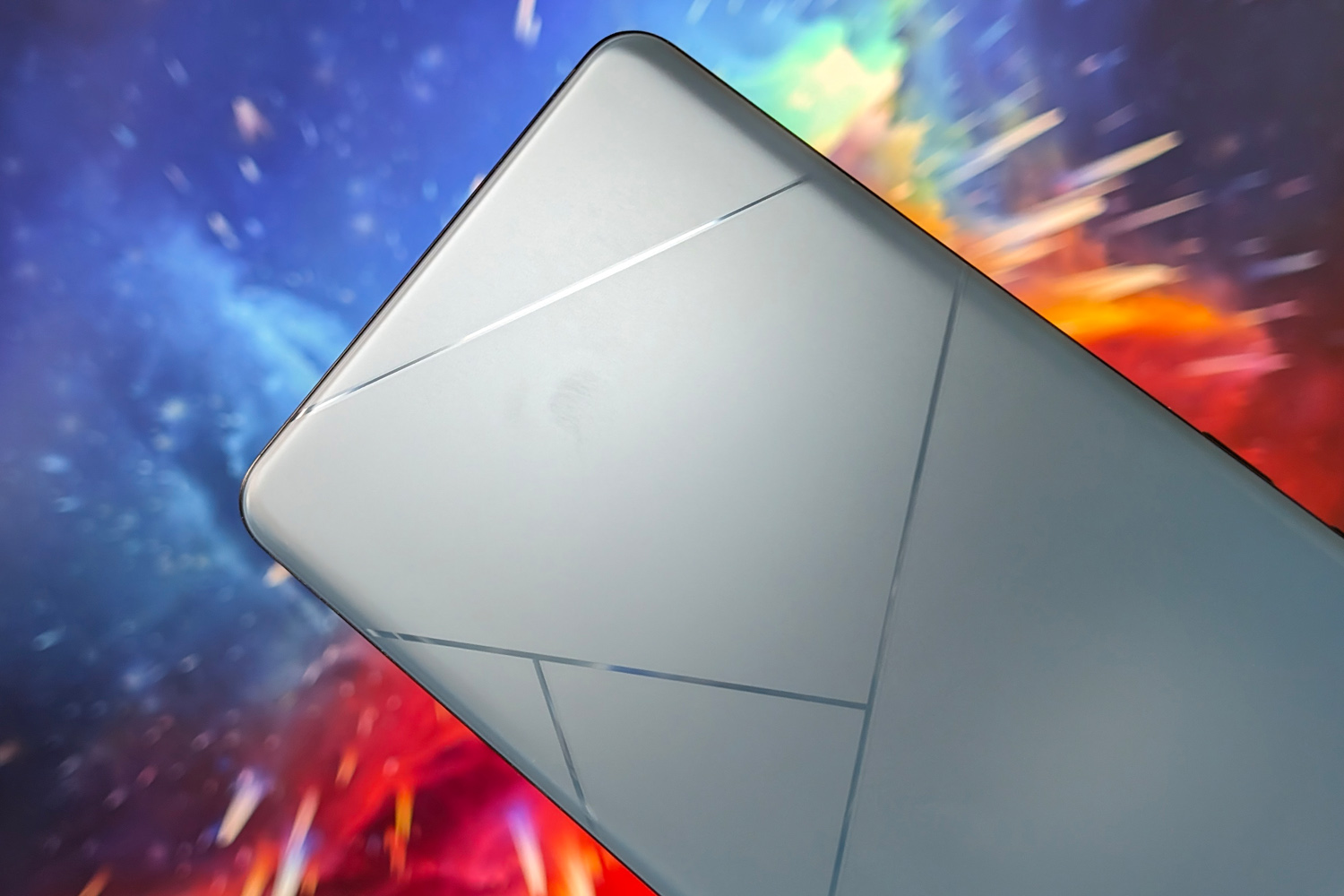
Small smartphone fans, look away now; the Zenfone 11 Ultra is a giant, with a screen almost a full inch larger on the diagonal than the Zenfone 10’s. It ate up just as much space in my pocket as the Google Pixel 8 Pro I’d been using previously, and is a fair bit heavier to boot.
With a flat display set into a metal frame, the Zenfone 11 Ultra has gone down the road already travelled by Apple, Samsung, and others. It’s great to see Asus thin out the bezels on all four sides, without resorting to a now-unpopular curved edge panel. Gorilla Glass Victus 2 glass kept the front free from scrapes or scratches throughout my testing. The whole thing is IP68 waterproof, too; you shouldn’t really accept less on a flagship phone.
The Zenfone 10’s bio-based plastic back panel has been ditched in favour of a matte, almost frosted glass, with a glossy geometric Asus logo etched into it. There’s a family nod to the firm’s Zenbook laptops, and once I’d gotten over the sheer size of the thing, I actually thought it looked pretty classy in Skyline Blue. The UK also gets a less shouty Eternal Black, while other territories have silver and copper colours thrown into the mix as well.
I’d call the chunky rear camera bump a little plain-looking, but that’s probably because the Xiaomi 14, OnePlus 12 and Vivo X100 Pro have conditioned me to expect a camera or lens manufacturer’s logo in a prominent position. It’s hardly a coincidence the lens layout is identical to the ROG Phone 8 Pro’s.
The two phones have an awful lot in common, including the off-centre USB-C port at the bottom of the handset that breaks compatibility with many third-party accessories. They’re also packing the same speaker setup – a down-firing main driver and earpiece tweeter – and are two of the last 3.5mm headphone port holdouts.
I had no trouble reaching the in-display fingerprint sensor, which sits a fair way up from the phone’s bottom edge. It was consistently quick to recognise my thumb, too. Face unlocking was speedy as well, though it’s not secure enough for banking apps.
Screen & sound: it could only be OLED
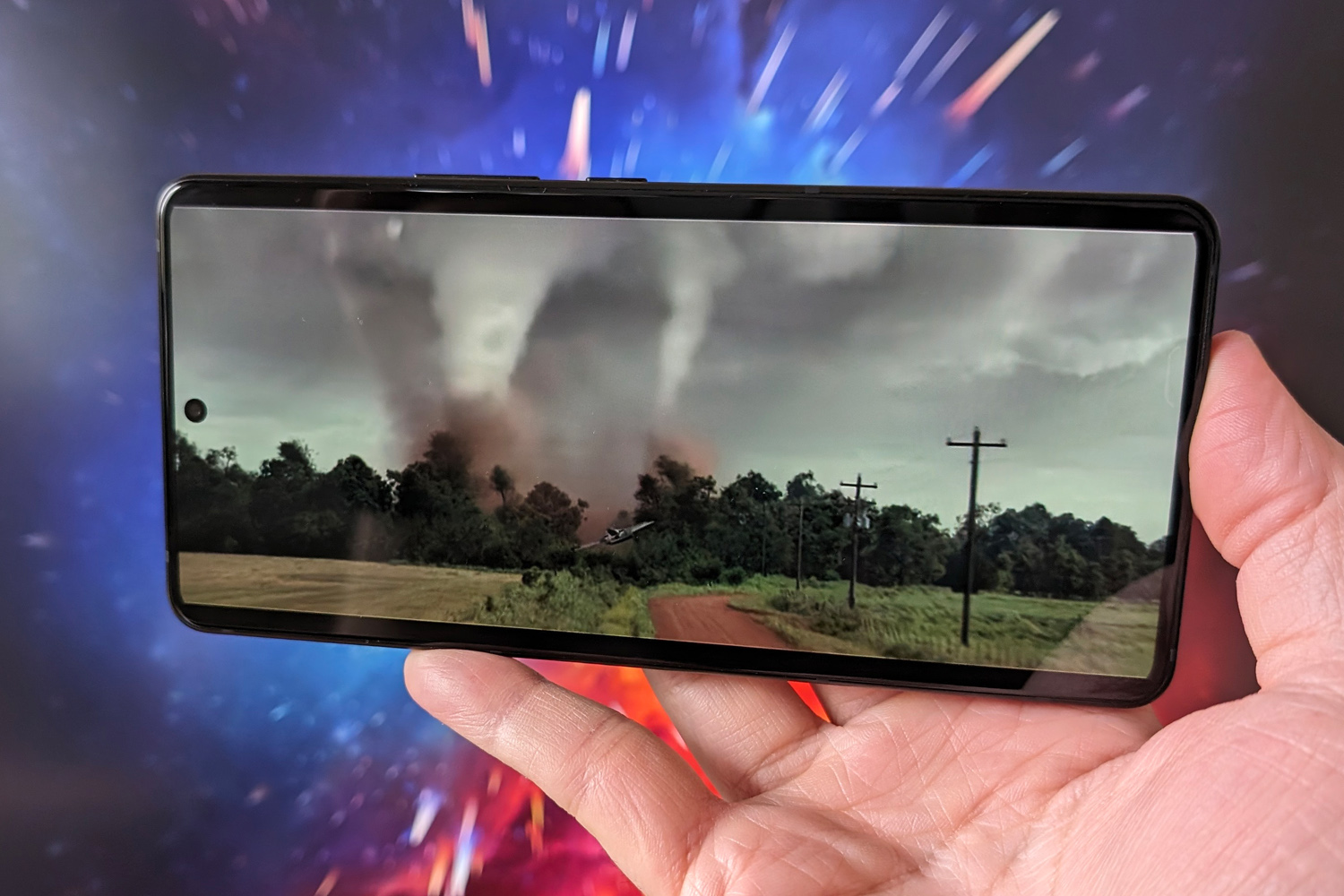
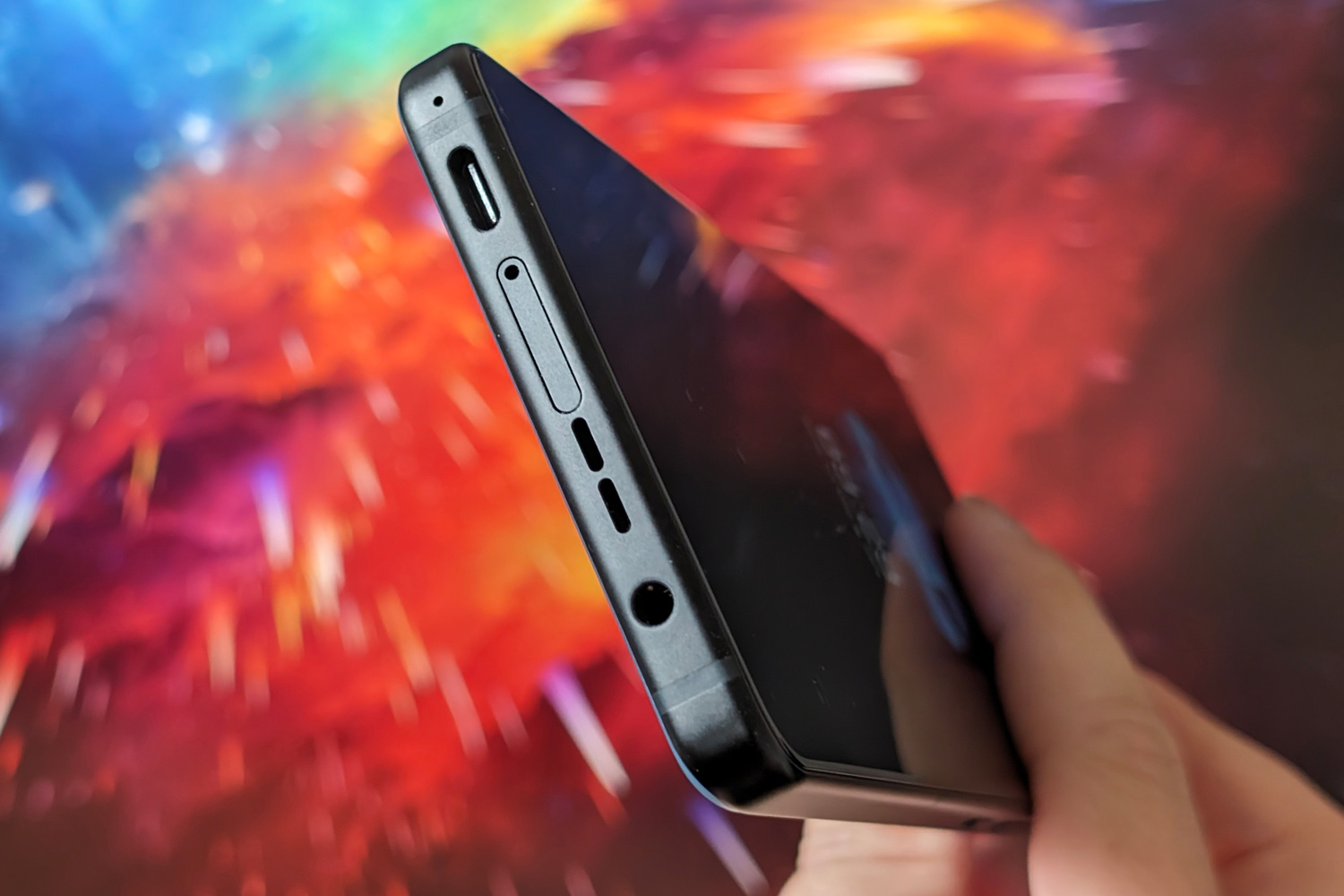
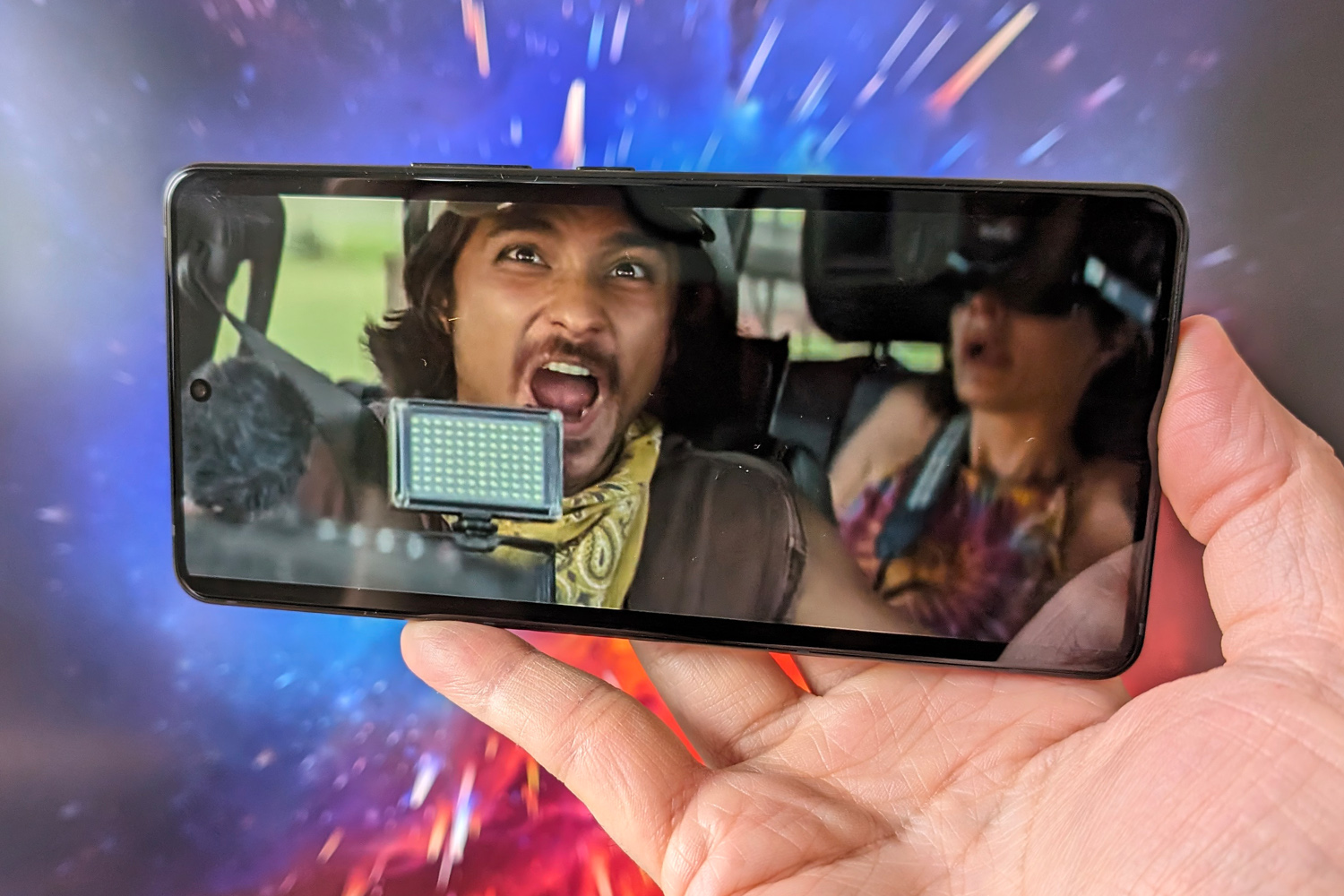
At 6.78in, the Zenfone 11 Ultra’s AMOLED display is on par with most of the current flagship crop, including the Google Pixel 8 Pro, OnePlus 12, and Honor Magic 6 Pro. Asus has done well to trim the fat, with skinnier bezels compared to the Zenfone 10 resulting in an even larger screen-to-body ratio.
The 1080p resolution is decent, being sharp enough to keep text looking sharp and images plenty detailed, without demanding too much from the chipset when playing games. That said, it falls behind the likes of the OnePlus 12 and Samsung Galaxy S24 Plus, which have QHD+ panels.
A 1-120Hz dynamic refresh rate using LTPO tech is a welcome inclusion, keeping things smooth in motion but merely sipping battery power when showing static pictures. It felt fast to react to my swipes, so I didn’t have to force 120Hz on all the time. But that’s also only half the story; the Zenfone 11 Ultra can reach 144Hz in games, for an even more fluid feel. I don’t play a lot of titles that can take advantage of 144Hz, and the difference didn’t feel huge when I tried it on fast-paced shooter Shadowgun: Legends. Still, hardcore gamers will appreciate any advantage they can get.
The Zenfone 11 Ultra’s other screen standout is brightness. Asus claims 2500 nits peak brightness, which is all well and good, but you’ll only ever get that on a small portion of the screen, and mostly when playing HDR videos; High Brightness Mode (HBM) is a different story. It nudges 1600 nits here, which means it shines brighter than both the Samsung Galaxy S24 Ultra and iPhone 15 Pro Max. A dreary British Springtime means I can’t claim to have tested it under blazing sunshine, but I had no trouble seeing the screen clearly every time I stepped outside.
Previous Zenfones never had dual front-facing speakers, unlike older ROG phones, so there can be no complaints about backwards steps here. The down-firing driver and earpiece tweeter get decently loud, with a clean mid-range and some semblance of bass if you properly crank the volume.
Cameras: stable staple
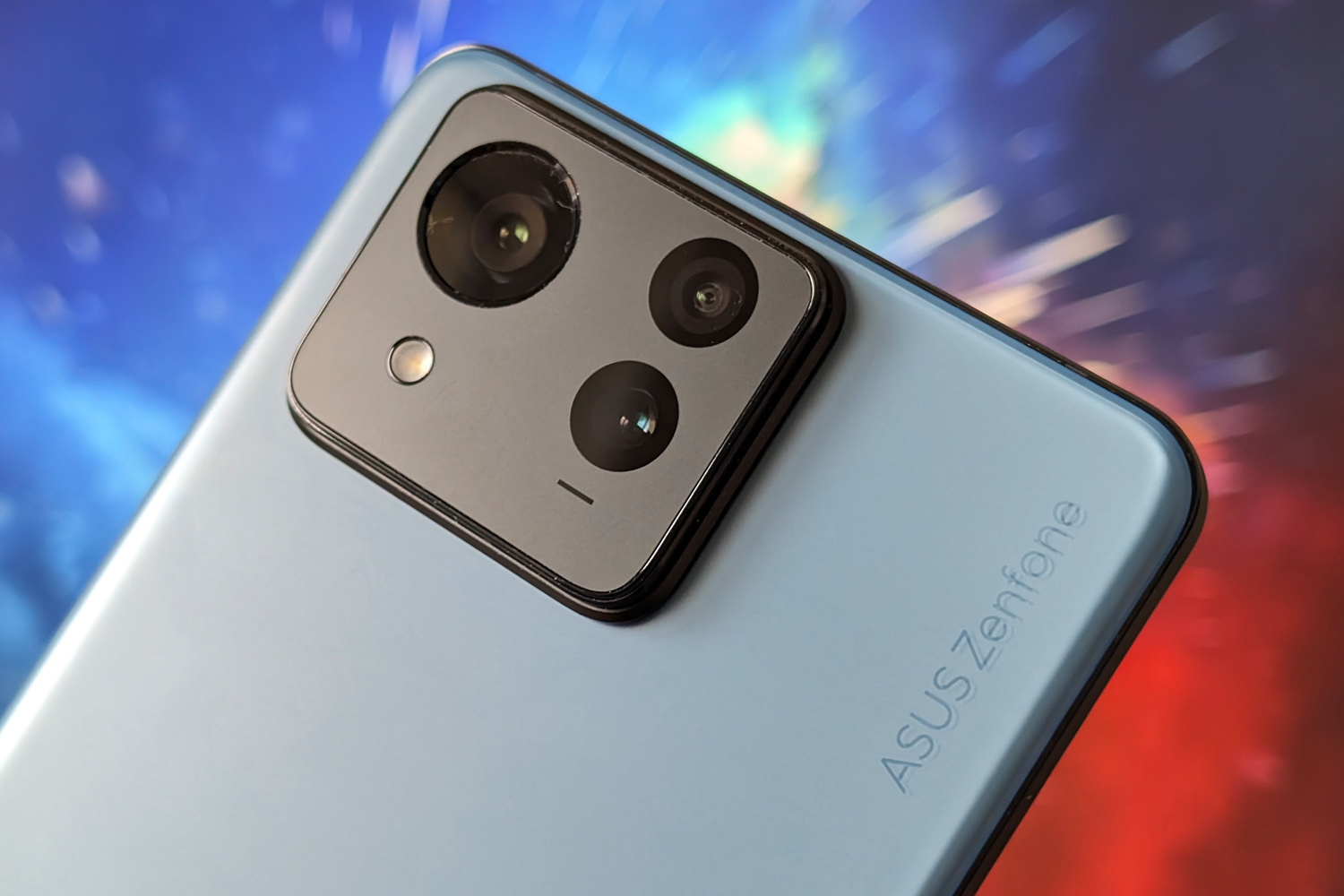
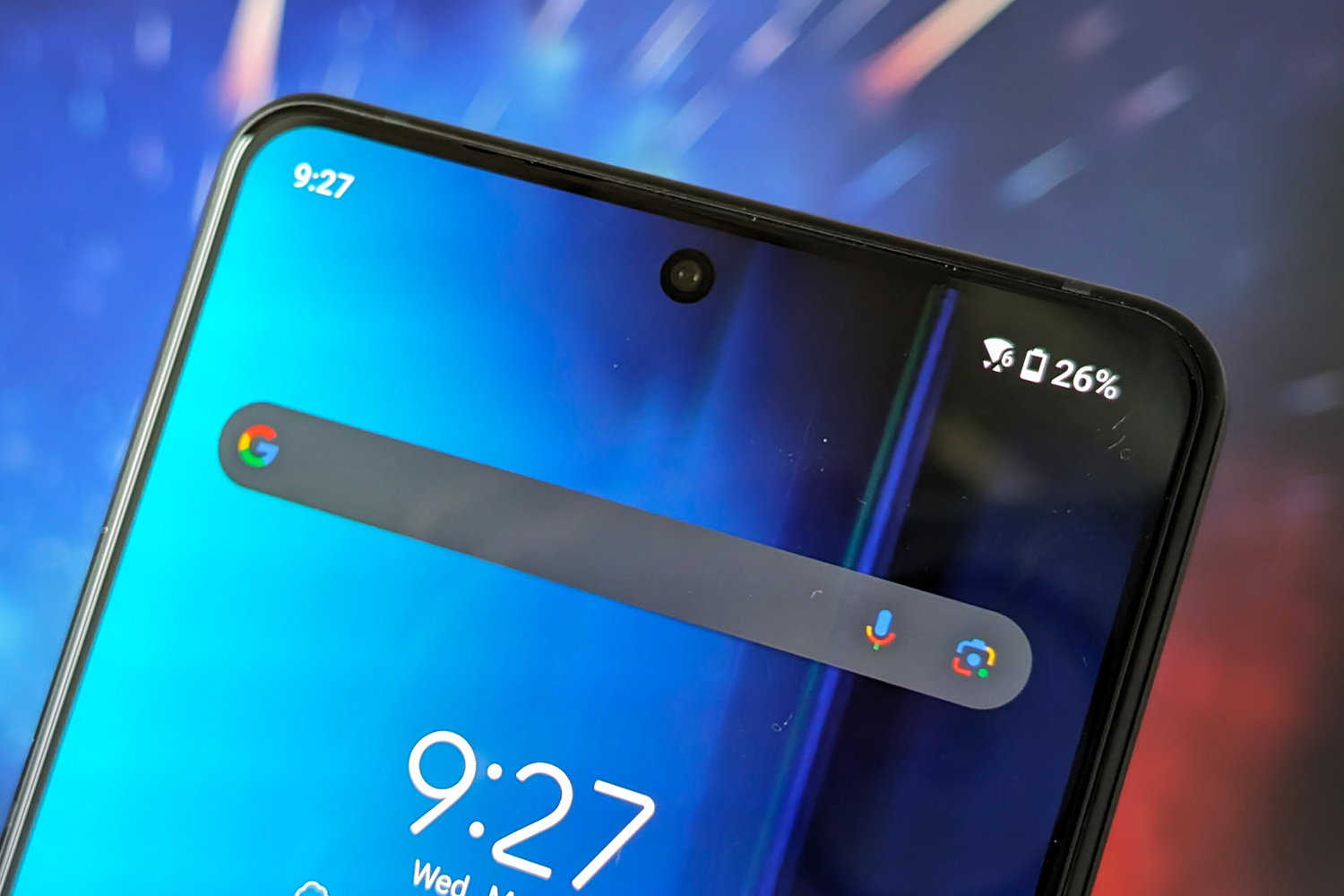
The Zenfone 11 Ultra has the same three-lens camera setup as the ROG Phone 8 Pro: a 50MP main snapper with 6-axis gimbal stabilisation, a 32MP, 3x zoom telephoto with optical image stabilisation, and a 13MP ultrawide. But while the ROG was competing against gaming phones – which aren’t exactly known for their photography skills – the Zenfone faces direct comparison with the best in the business.
Daylight shots are reasonable at first glance, with colours that are largely true-to-life and an abundance of detail. Look closer, though, and there are signs of over-processing and over-sharpening. Dynamic range is only average, and many scenes are lacking in contrast. Highlight clipping is also less of an issue here than it was on the ROG phone, but I still noticed it on sunnier days. There’s none of the nuance you get from a Pixel 8 Pro, or the vibrancy seen on recent Samsungs.









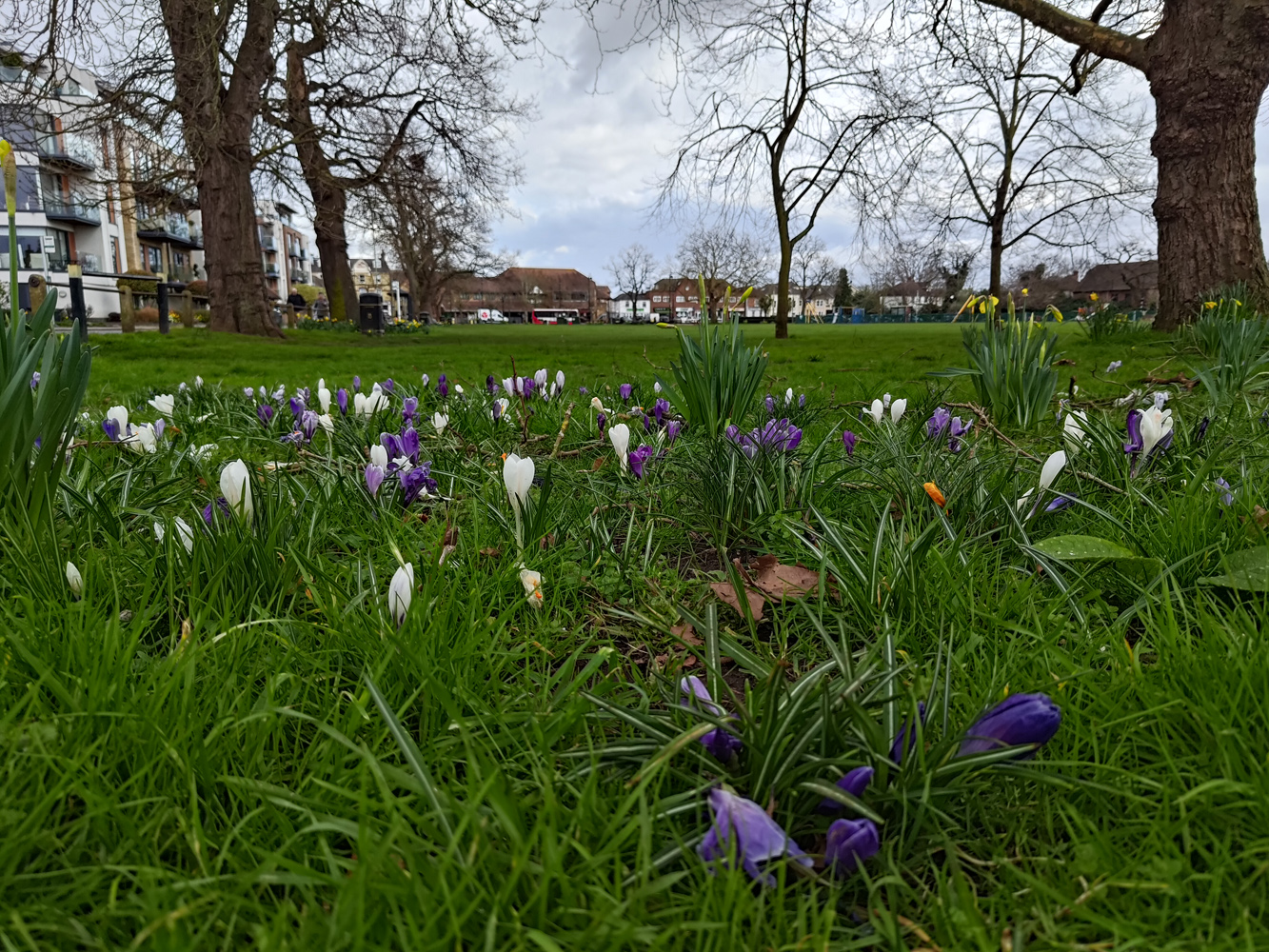




The ultrawide camera does a decent effort, given its pixel count disparity to the main sensor. There’s a bit of edge softness, but colours are convincing. It’s a real shame there’s no macro focus, though; this is becoming a regular sight on rival flagships, and adds another level of versatility that the Zenfone is lacking.
2x zoom stills taken with the main camera are a little soft, but hold up reasonably well under scrutiny. The dedicated telephoto lens leans a little warmer than the lead snapper – something I see a lot on phones that mix and match sensors from different manufacturers – but it otherwise does a decent job on colour reproduction. 3x zoom is starting to feel a bit old hat compared to rivals with 5x lenses, though.



Asus’ Hyper Clarity digital zoom goes some way to make up for it, and is surprisingly clean at up to 10x, if again overly sharpened to increase perceived detail. Including a 30x option was too optimistic, in my eyes, producing noisy shots with smudgy details. I rarely used it.
I found that Night Mode was a must in low light to minimise noise, with the longer of the two exposure settings producing the best results for the main camera. Three seconds feels like an age, though, when rivals can produce excellent images in less time.






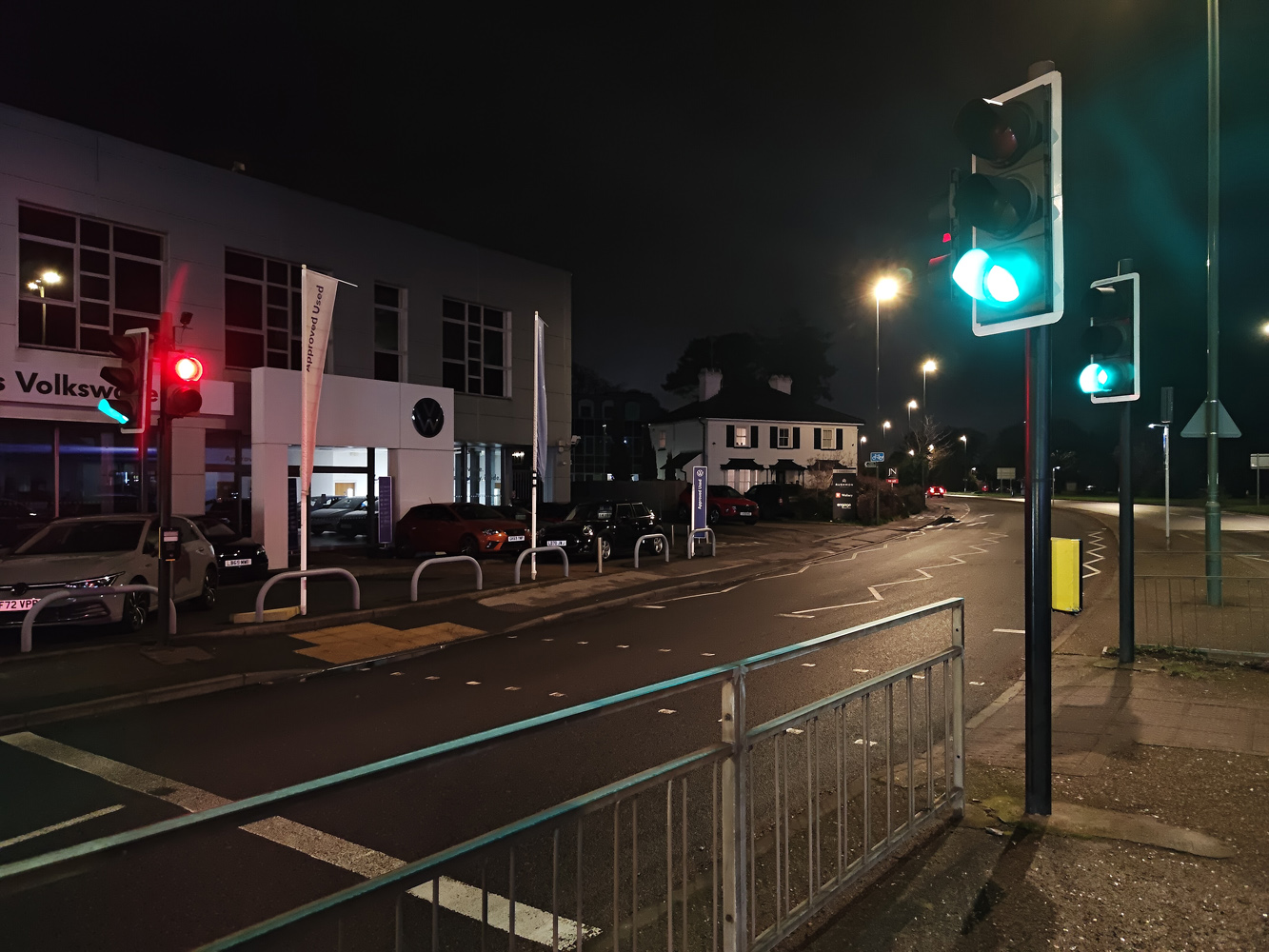
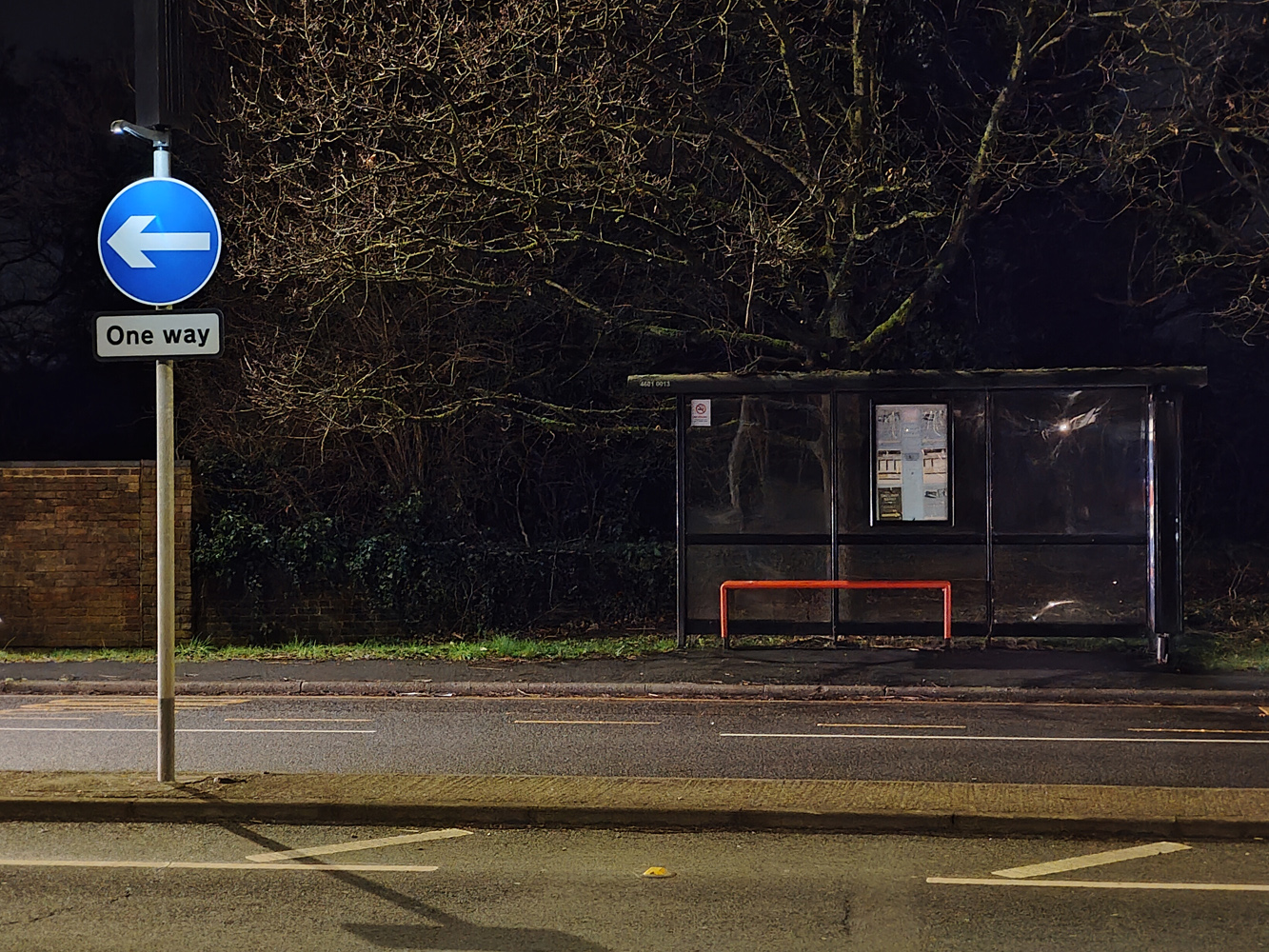
Overall image processing just isn’t on the same level as the major players. With so many incredible cameraphones cropping up in 2024, it feels very generous calling the Zenfone’s setup ‘Ultra’.
Gimbal-stabilized videos do show plenty of promise, but are arguably overkill unless you’re filming extreme sports; it crops into the image significantly, and limits you to 1080p recording. Basic EIS does a perfectly decent job when walking and talking, at a higher resolution.
Software experience: pick and choose
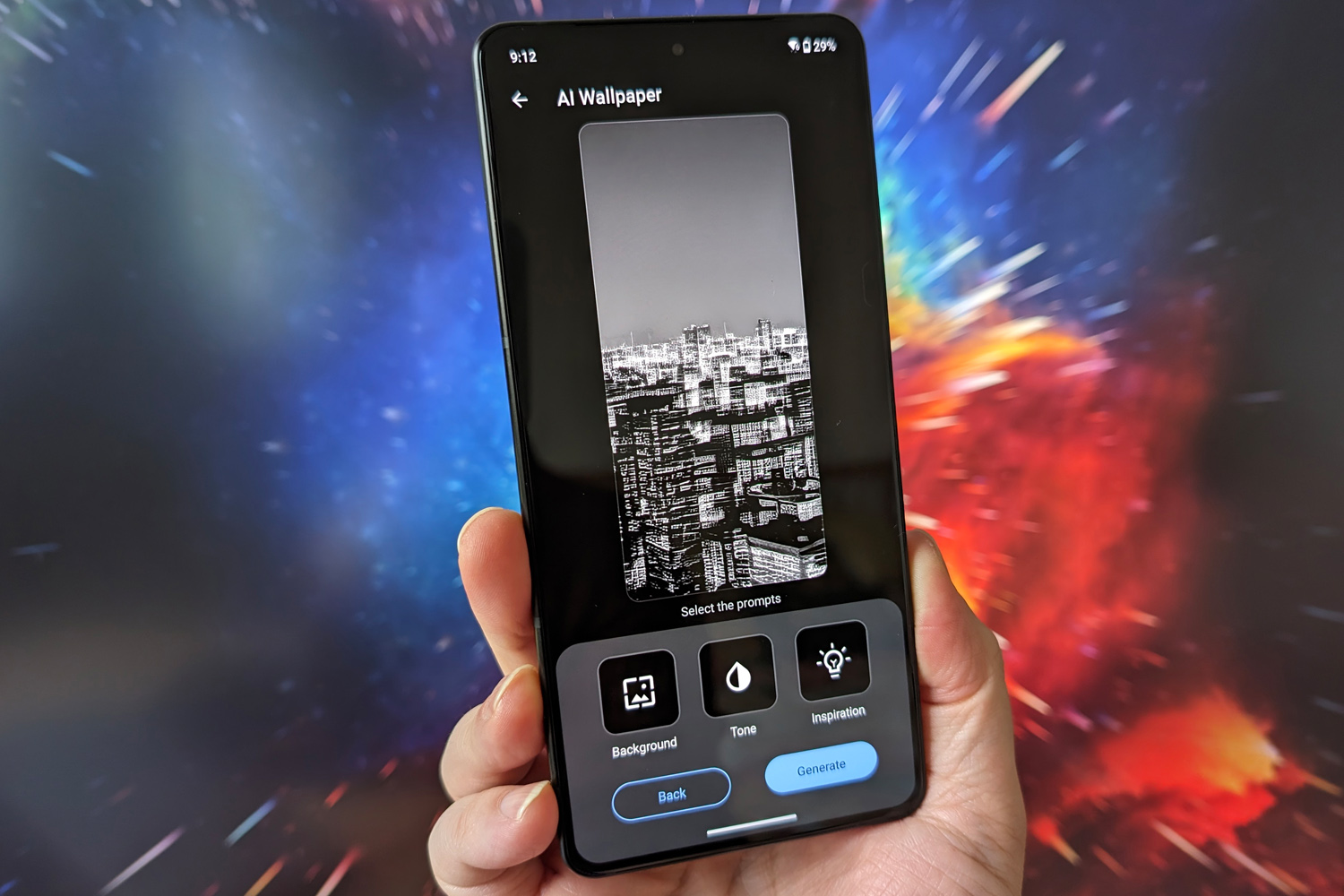
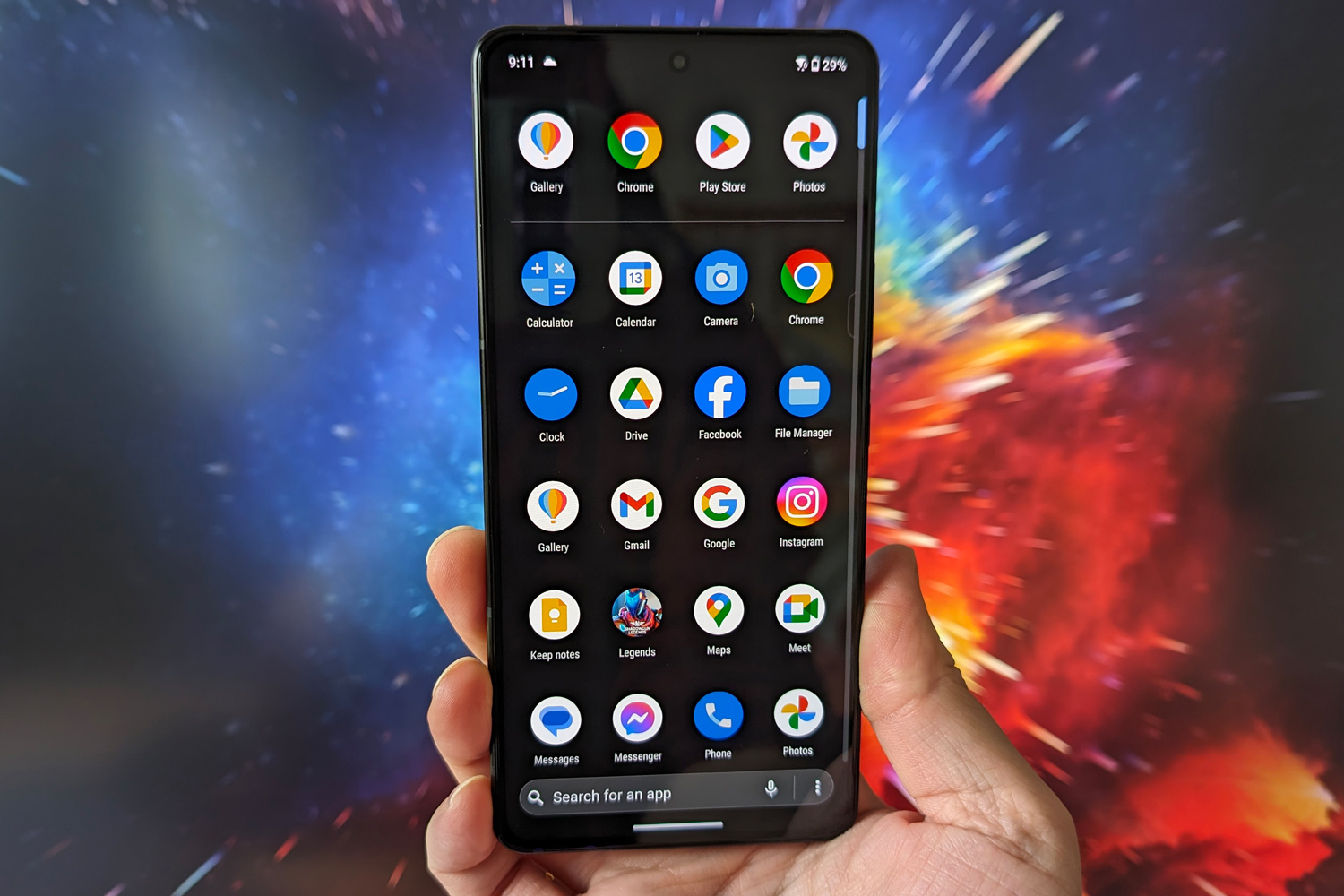
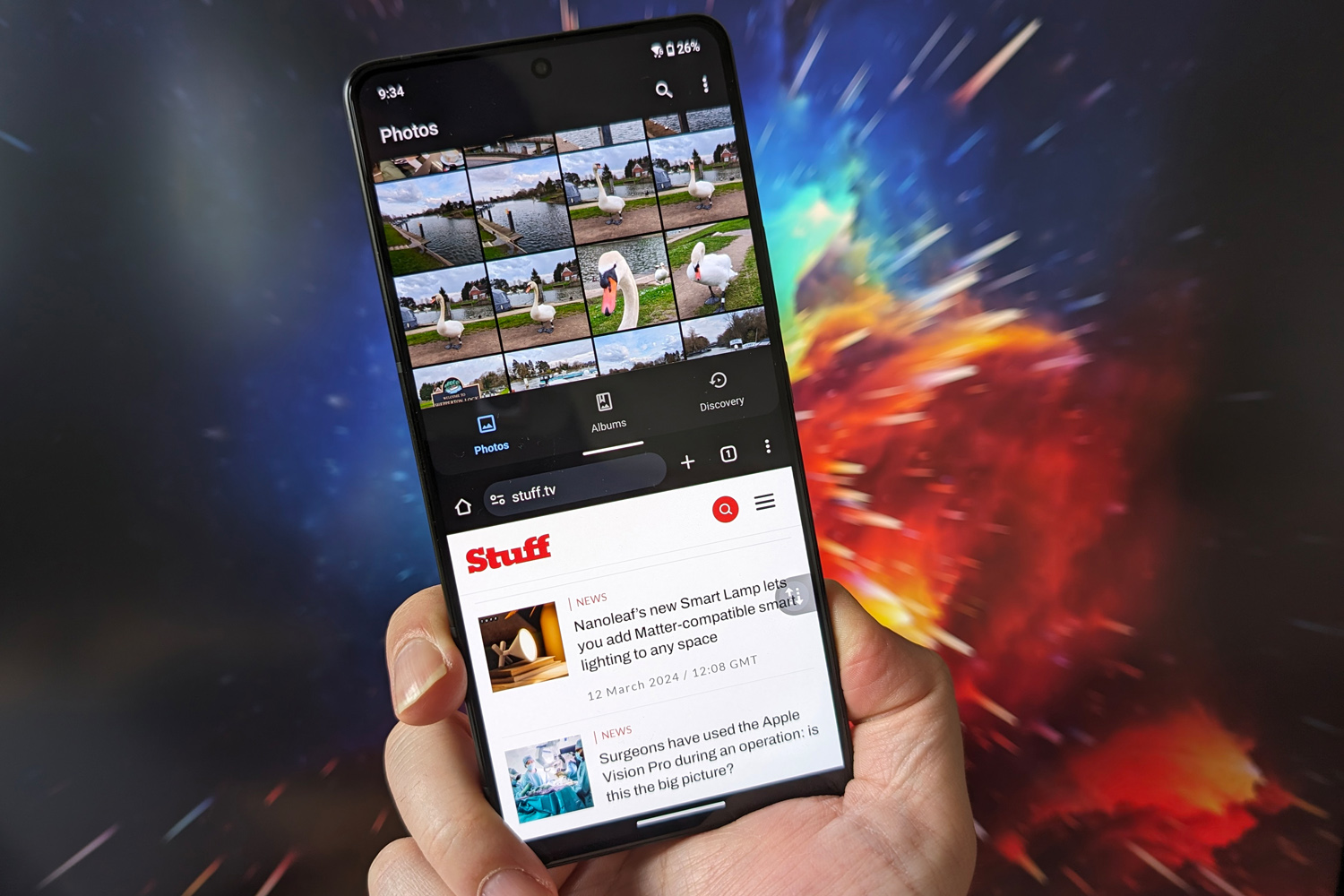
Asus has a few different takes on Android; I’m a much bigger fan of the Zenfone 11 Ultra’s deft touch than the ROG Phone 8’s gamer aesthetic. Icons are much easier to differentiate here, and custom image gallery aside, it basically relies on Google’s default apps for everything.
Rather than the all-or-nothing approach some rivals take, Asus lets you pick which OS elements use its bespoke menus and which stick with Google’s standard interface. The Quick settings menu, power men, app drawer and homescreen are all brilliantly customisable.
Asus talks a big game about the Zenfone 11 Ultra’s AI abilities – it’s a 2024 smartphone, so of course there’s artificial intelligence on board. The AI transcript function built into the voice recorder feels almost identical to the one found on the Pixel 8 Pro, and produces similarly accurate results – as does the summary function.
The AI wallpaper creator was a sizeable 3GB+ download, but could then be used offline to generate a wide range of surreal and arty images. I also liked semantic search, which intelligently tags your pics to help finding them in the photo gallery a bit easier. That said, it was no more effective than Google Photos at recognising cars, babies or cats, and considered one shot of a row of garden gnomes to be ‘food’.
My biggest issue on the software side? The weak promise of just two major Android OS updates. Rivals are committing to as many as seven – although promising and delivering are two different things. Unless you change phones faster more often than you change underwear (in which case, yuk), I’d want more longer term support than this. At least four years of security updates are planned.
Performance & battery life: heavy hitter
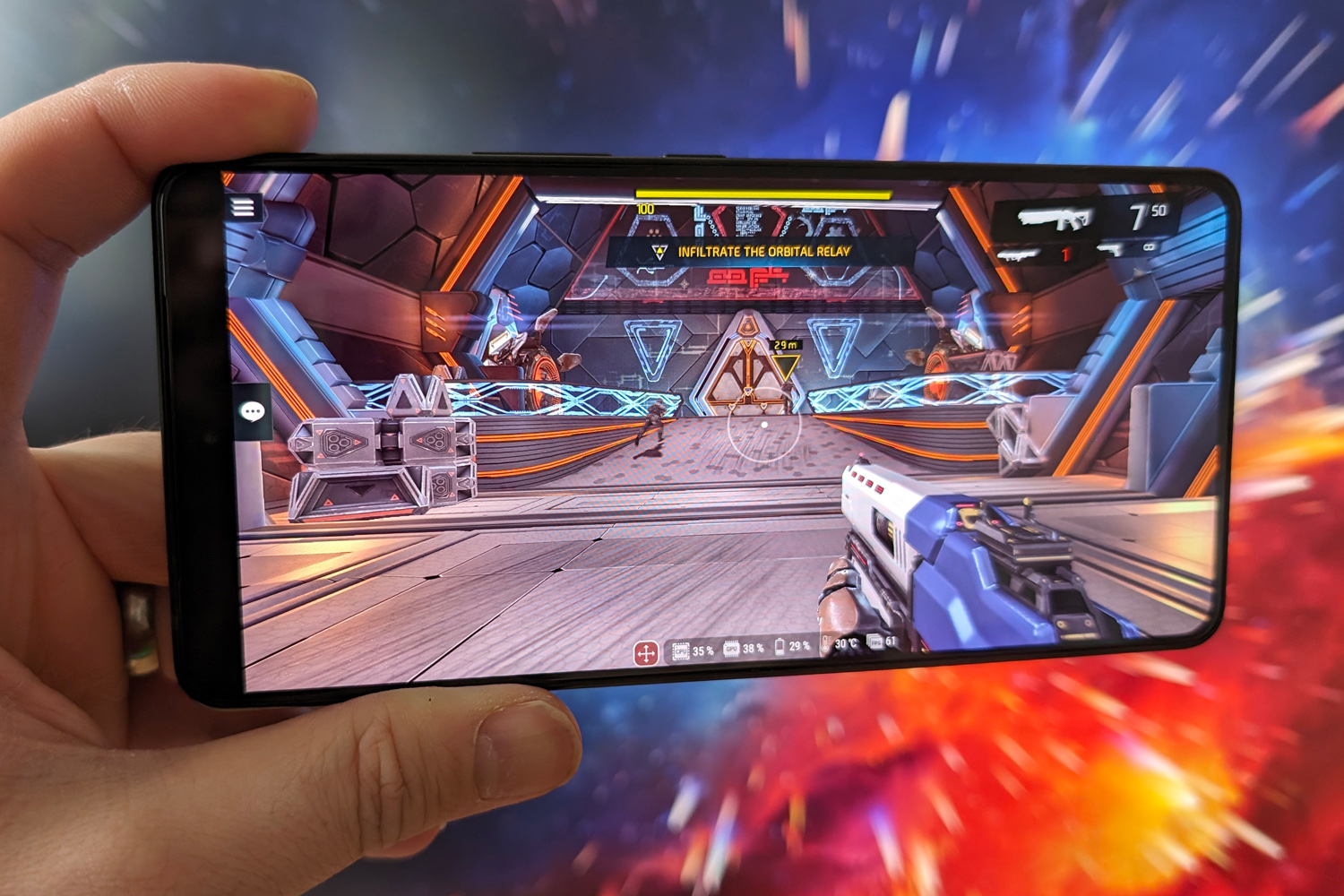
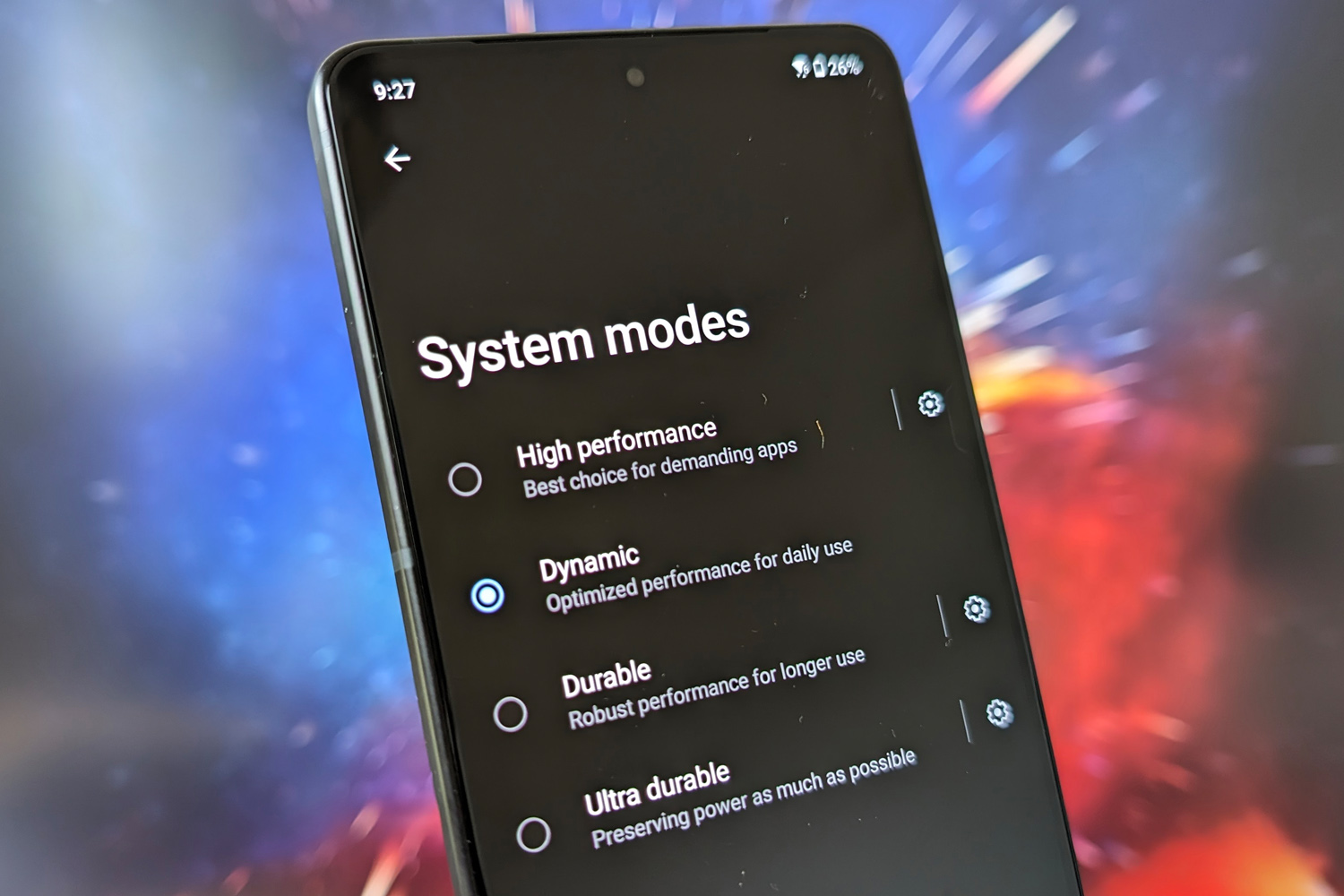
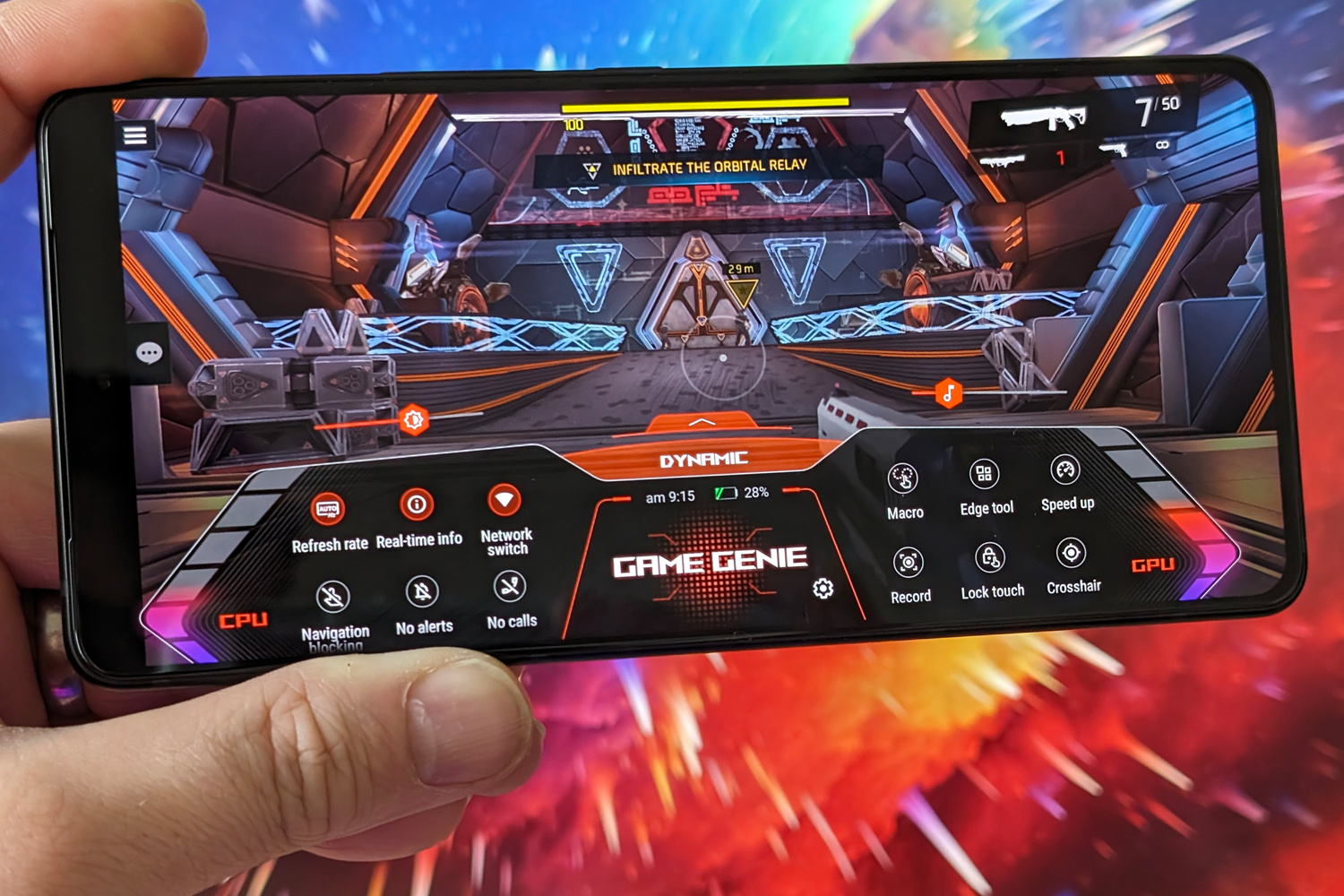
No Zenfone has ever been short on power. That’s still true with this latest generation, which is packing a Snapdragon 8 Gen 3 chipset and as much as 16GB of RAM if you go for the top-spec model.
As you would expect it’s a beastly combo, delivering near flawless performance in apps, games, and on the Android home screen. Average Geekbench 6 scores of 2300 (single core) and 7200 (multi-core) put it level pegging with the Samsung Galaxy S24 Ultra, despite that phone being given the custom tuning treatment by Qualcomm. An Antutu score north of 1,400,000 is equally rapid, and among the fastest Android phones out there.
Asus says the Zenfone 11 Ultra has a different cooling setup to the ROG Phone 8 Pro; it’s still very effective here, maintaining excellent performance even after an extended gaming session without getting overly toasty. Most titles I tried defaulted to their highest detail settings, and frame rates were consistently high, with no stutters or slowdowns. Not everything will run at 144Hz, but games that support it felt wonderfully smooth.
Unless you have a serious gaming addiction, the Zenfone 11 Ultra’s huge 5500mAh battery is easily good for an entire day of use. When I stuck to less power-hungry apps, social scrolling and music streaming over Bluetooth, I hadn’t even dropped into the red by bedtime. In the PC Mark battery rundown test, it was knocking on the door of 19 hours – four more than the Galaxy S24 Ultra could manage, but a little behind the OnePlus 12. Still, that puts the Zenfone among the best flagship phones for lifespan away from the mains.
Charging is reasonably speedy at 65W, which is faster than anything Samsung or Apple can manage. You’ve got to supply your own power brick, but the Zenfone 11 Ultra supports the widely used USB-PD standard, so finding one shouldn’t be difficult. A complete refuel took me about 40 minutes. There’s also 15W wireless charging, but no reverse charge option for topping up smaller gadgets like wireless earphones. Qi2 magnetic charging doesn’t make the grade, either.
Asus Zenfone 11 Ultra verdict
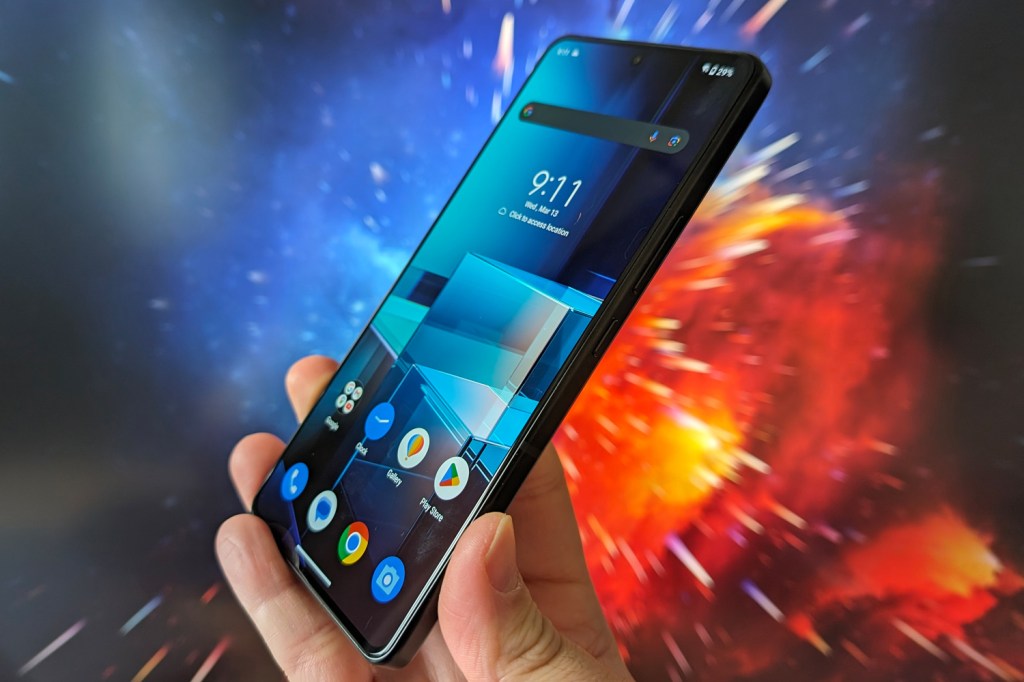
The world was hardly crying out for a big screen Zenfone, especially after Asus had transformed the ROG Phone 8 into more of an everyman model. Without that handset’s gaming credentials, and a ‘me too’ screen size that simply blends in to an already crowded flagship market, there’s little about the Zenfone 11 Ultra that gets the blood pumping.
Don’t let my star rating convince you this is a bad phone. It’s got performance muscle and a beefy battery, along with a very bright screen and a few slick AI additions. But that’s not enough when rivals also offer superior camera quality, and often for less money. A OnePlus 12 is simply the better buy.
Perhaps an entry-level variant with 128GB of storage and a lower price might’ve made things interesting. But as it stands, that Ultra branding promises abilities that I don’t think the Zenfone 11 Ultra really lives up to.
Asus hasn’t ruled out a ‘regular’ Zenfone 11 arriving later down the line, once the Zenfone 10 has reached its first birthday; a similar feature set squeezed behind a smaller screen sounds a lot more appealing to me. If you can’t wait, a Xiaomi 14 or Samsung Galaxy S24 are compelling alternatives.
Stuff Says…
A powerful and long-lasting Android phone – but with size no longer on its side, the Zenfone 11 Ultra lands in a sea of superior rivals.
Pros
Rapid performance and long-lasting battery
Streamlined styling
Effective video stabilisation
Cons
Cameras can’t compete with rival flagships
Stiff competition at this price
Off-centre USB port breaks accessory compatibility
Asus Zenfone 11 Ultra technical specifications
| Screen | 6.78in, 1-120Hz/144Hz AMOLED, 2500nits |
| CPU | Qualcomm Snapdragon 8 Gen 3 |
| Memory | 12GB/16GB |
| Cameras | 50MP, f/1.9 main w/ gimbal OIS 13MP, f/2.2 ultrawide 32MP, f/2.4 w/ 3x optical zoom, OIS 32MP front |
| Storage | 256/512GB on-board |
| Operating system | Android 14 |
| Battery | 5500mAh w/ 65W wired, 15W wireless charging |
| Dimensions | 164x77x8.9mm, 224g |


